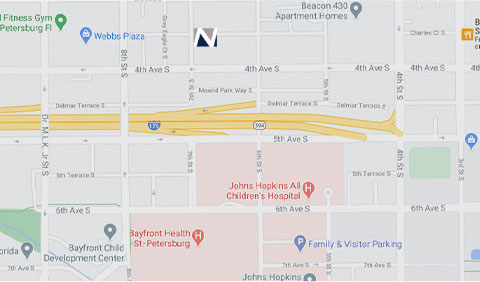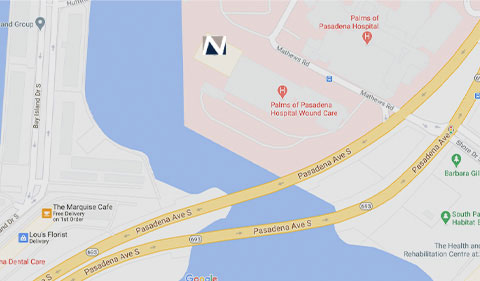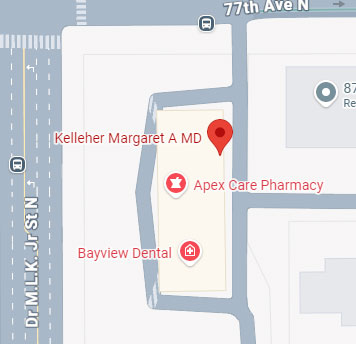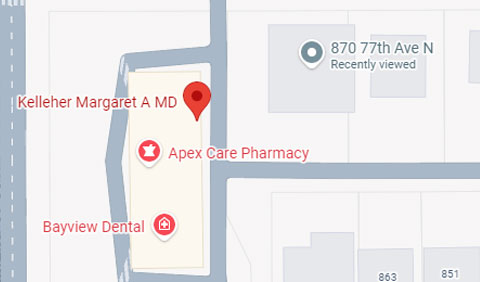5 Essential Tips for Mohs Surgery Recovery and Beyond
If you notice a mole or lesion on your skin that seems to be suspicious, it’s important to see a dermatologist, who can make a diagnosis and determine whether the growth is dangerous or even possibly cancerous. Although there are many different options for treating skin cancer, Mohs surgery has the highest cure rate (over 99 percent in studies), and is the best option for cancer that forms on highly visible areas, such as the face. Mohs surgery, provided in both our St. Petersburg and St. Pete Beach locations, is the ideal treatment for the most common forms of skin cancer: basal cell carcinomas (BCCs) and squamous cell carcinomas (SCCs).
The treatment involves removing the minimal necessary skin in the treatment area, and then mapping and microscopically examining the tissue margins for any remaining cancer cells right away. We repeat this process as needed until there is no sign of any cancerous cells in the skin. This results in the highest possible cure rate while removing the minimal necessary skin, and leaving the surrounding healthy skin intact and undamaged.
After all of the skin cancer is removed, patients can choose to either allow the wound to heal on its own—which may be best if it’s small or located in an area that’s easy to conceal—or to have the wound closed with stitches. Our physicians specialize in cosmetic reconstruction following Mohs surgery and will help you to achieve the best possible cosmetic outcome with a minimal or nearly imperceptible scar in most cases.
Here’s what you can do to have a smoother and faster recovery, either way:
1. It’s normal to experience some swelling and bruising in the treatment area. Patients can manage mild to moderate discomfort by taking over-the-counter painkillers like acetaminophen (Tylenol) or ibuprofen (Advil, Motrin). Stronger prescription pain relief medications may sometimes be needed, and this can be discussed with your doctor.
2. It’s also normal to have slight bleeding post-operatively, but in rare cases you might experience active bleeding. Patients can stop this by using firm pressure with a dry cloth or gauze for around 20 minutes. If the bleeding continues, contact us directly.
3. To give yourself time to heal and avoid complications, don’t engage in heavy physical activity—including bending or working out—for the first week after your surgery.
4. Our team will provide you with detailed wound care instructions. Follow these closely to avoid complications.
5. Be aware of signs of infection, such as redness around the wound and worsening pain. If you notice these signs, contact us right away.
Our experienced and board-certified Mohs surgeons and dermatologists can recommend the most effective treatments for skin cancer or other dermatologic conditions. Learn more about what’s involved in Mohs surgery by contacting us at Nelson Dermatology. Contact us online or by calling 727-895-8131 to request an appointment.
Schedule your consultation in St. Petersburg or South Pasadena. Call Tampa Bay's Nelson Dermatology at (727) 895-8131.








